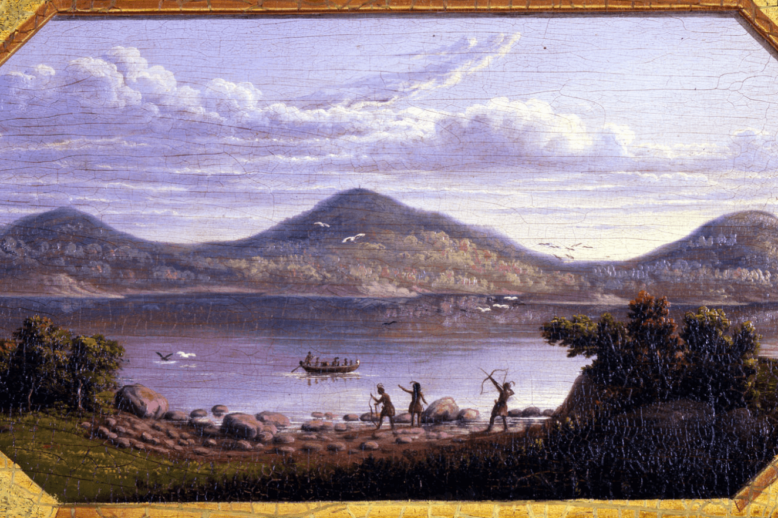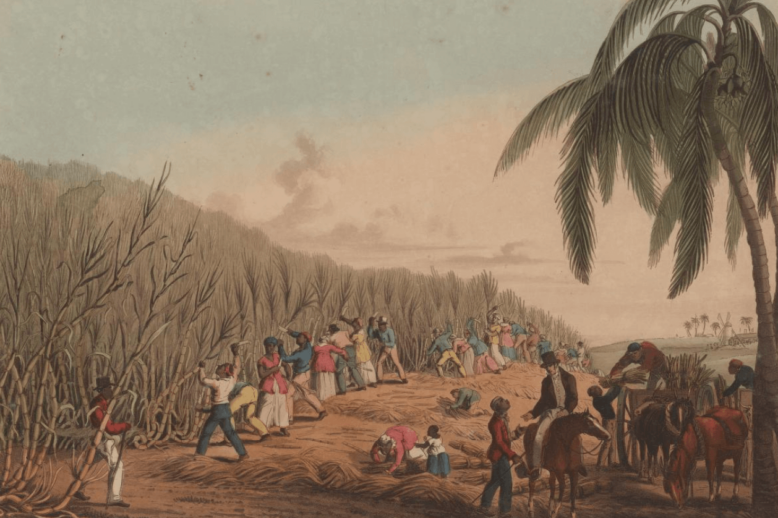An Early History of the Shawmut Peninsula
In 1625, the Shawmut Peninsula, home to modern day Boston, was known in the Algonquian language as “Mushauwomuk” (“the boat landing place”), and sat within the territory of the Massachuset nation, serving as a seasonal base for fishing and light farming. Within ten years, the Massachuset people lost the Shawmut to English settlers who claimed and occupied it as their land of promise.



